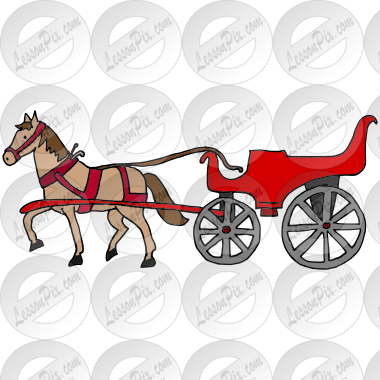
The word car, then meaning a kind of two-wheeled cart for goods, also came from Old Northern French about the beginning of the 14th century (probably derived from the Late Latin carro, a car ) it is also used for railway carriages and in the US around the end of the 19th century, early cars (automobiles) were briefly called horseless carriages. The word carriage (abbreviated carr or cge) is from Old Northern French cariage, to carry in a vehicle. Simple metal sporting versions are still made for the sport known as competitive driving. Simplified modern versions are made for tourist transport in warm countries and for those cities where tourists expect open horse-drawn carriages to be provided. In the 21st century, horse-drawn carriages are occasionally used for public parades by royalty and for traditional formal ceremonies. Two-wheeled war chariots and transport vehicles such as four-wheeled wagons and two-wheeled carts were forerunners of carriages.

They are carriages with four corner posts and a fixed roof. Two-wheeled carriages are informal and usually owner-driven.Ĭoaches are a special category within carriages. Carriage suspensions are by leather strapping and, on those made in recent centuries, steel springs. Second-hand private carriages were common public transport, the equivalent of modern cars used as taxis.

The National Coach Museum in Lisbon, Portugal.Ī carriage is a private four-wheeled vehicle for people and is most commonly horse-drawn.


 0 kommentar(er)
0 kommentar(er)
